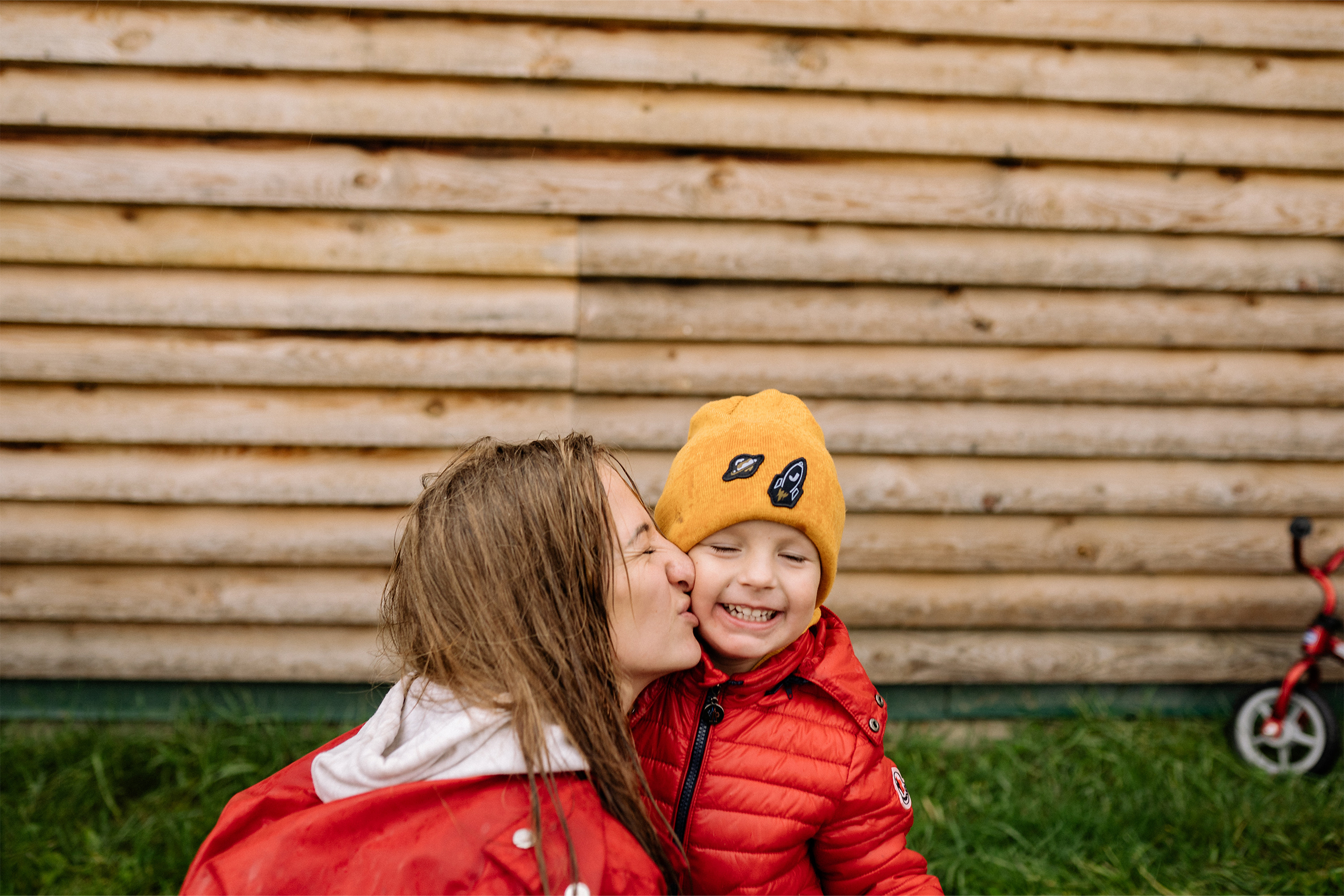“My scarf is too tight.”
“I can’t put on my boots.”
A child’s independence with dressing and undressing from winter clothes is difficult to achieve sometimes. This activity requires mastering several skills such as gross motor skills (balance, postural control, bilateral coordination), fine motor skills (manipulating fasteners) and perception (putting clothes on the right way).
How to Facilitate Cooperation
To support your child’s independence, here are some suggestions to promote engagement and task performance with dressing:
-
Practice tying if your child has a toque with drawstring or lace-up boots. Otherwise, offer clothes that are easy to put on with as few steps and few ties as possible.
-
Practice the zipper several times with your child. A short story can be used to memorize the steps: the train driver gets into his wagon, makes sure it’s positioned correctly, and starts on the rail.
-
Aim for the right challenge for your child: adapt and scale the activity without making it too difficult or too easy for your child to learn.
-
Micro-graduate the steps: take the first steps of the task and let your child complete them (e.g. put the neck warmer up to his eyes and he’ll pull it down). Gradually decrease your help in order to achieve full independence.
One of the keys: a supportive environment!
It would also be wise to create an environment at home conducive to your child’s independence, in particular by:
-
Creating a dressing area: mark out a space in the house with a chair to make it easier to put on certain clothes (e.g.: snow pants, boots, etc.)
-
Creating a visual sequence.
-
Using a timer to structure the activity.
Learn while having fun!
Finally, here are some ideas for activities for learning while having fun:
-
Put on your winter clothes as quickly as possible using the stopwatch. Try to beat your record.
-
Draw different outdoor winter temperatures (sunny, snowstorm, ice, etc.) on small cards and place them in a container. Your child should pick up a box and choose the winter clothes they should wear based on the temperature they have read.
-
Play dress up and mismatch different winter clothes.
And don’t forget, sometimes you have to accept clothing compromises depending on the outside temperature (e.g. accept that your child doesn’t put on his scarf to get to the car). Also, try to understand your child’s clothing discomfort (e.g.: too tight or too loose, too hot, too heavy, etc.) to ensure a commitment to the task. Shopping with your child for their snowsuit is essential!
Have a good first storm everyone!



Leave A Comment